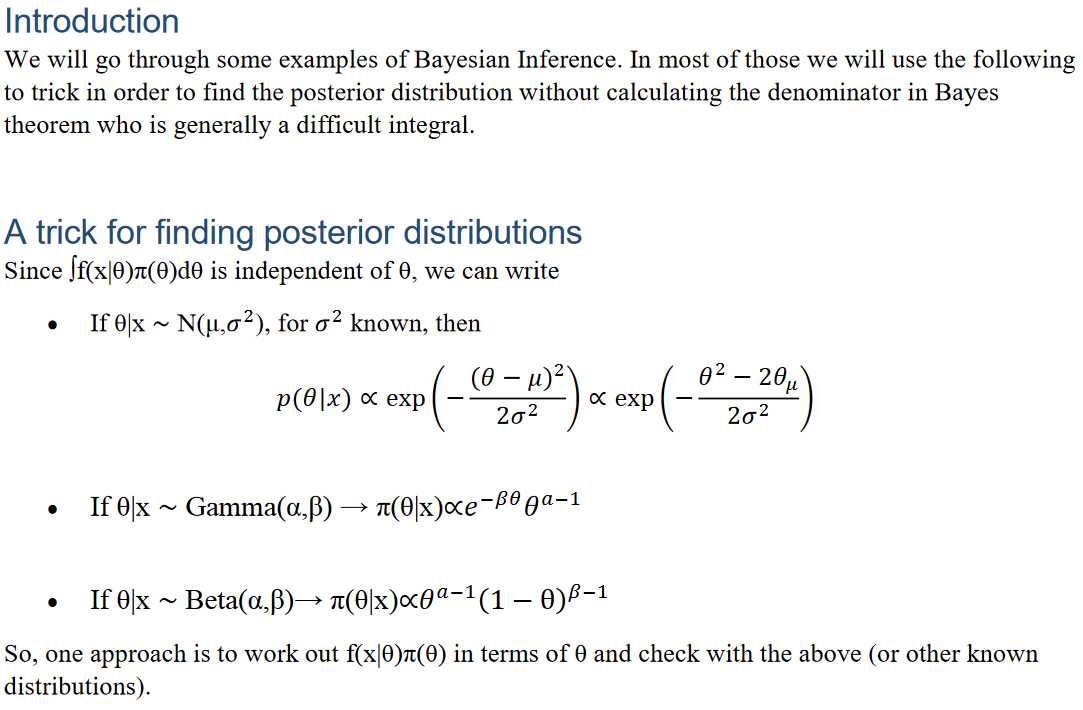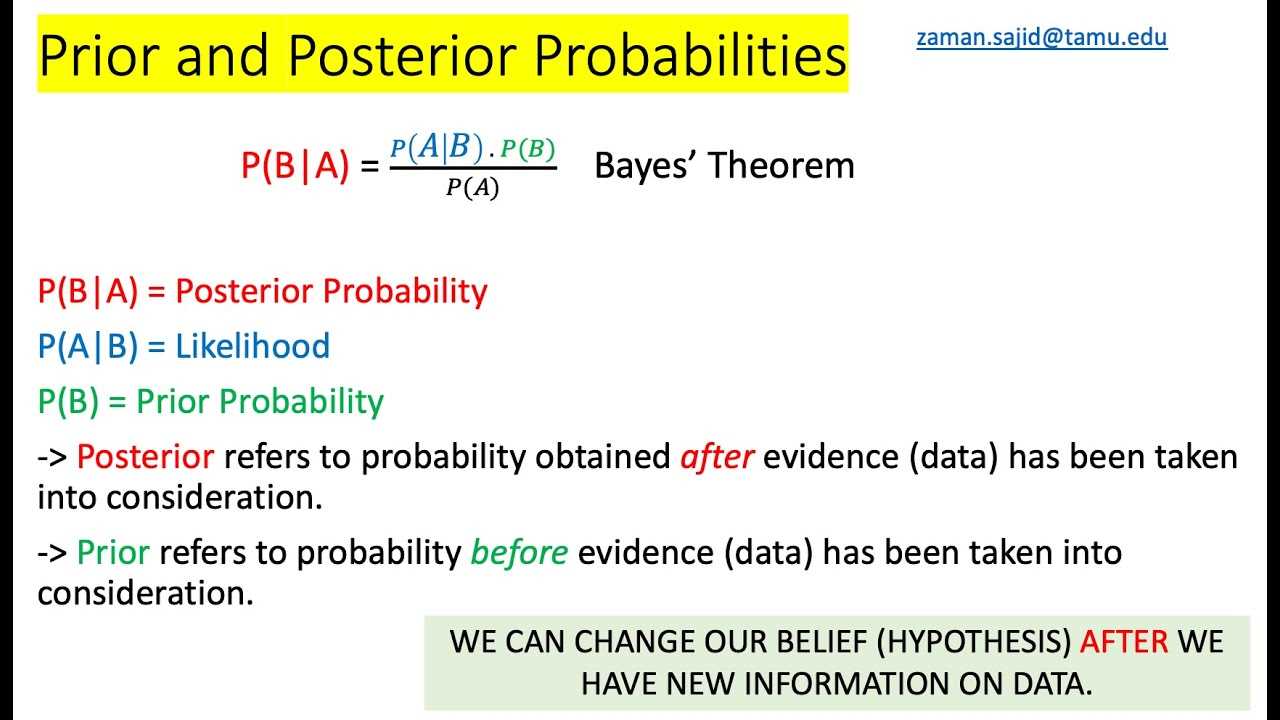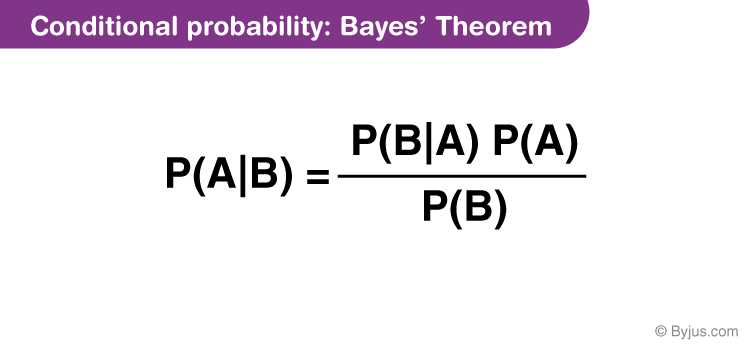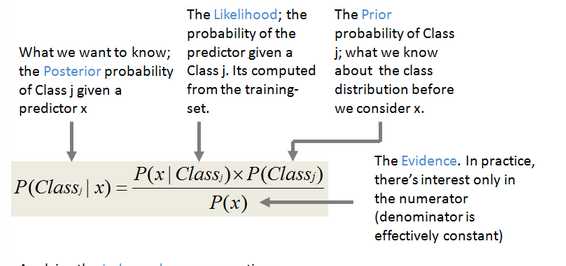Posterior Probability: Definition, Formula, Calculation

The posterior probability is a concept in mathematics and statistics that allows us to update our beliefs or knowledge about an event or hypothesis based on new evidence or data. It is an important tool in Bayesian statistics and is used in a wide range of fields, including finance, medicine, and machine learning.
The formula for calculating the posterior probability is:
P(H|D) = (P(D|H) * P(H)) / P(D)
Where:
- P(H|D) is the posterior probability of hypothesis H given the observed data D
- P(D|H) is the likelihood of observing the data D given hypothesis H
- P(H) is the prior probability of hypothesis H
- P(D) is the probability of observing the data D
The posterior probability allows us to update our beliefs or knowledge about an event or hypothesis based on new evidence. It provides a way to incorporate new information into our decision-making process and can help us make more informed decisions.
Posterior Probability: Definition, Formula, Calculation
In the field of mathematics and statistics, posterior probability refers to the probability of an event occurring after taking into account new information or data. It is calculated using Bayes’ theorem, which incorporates prior probabilities and likelihoods.
Definition

The posterior probability is a conditional probability that is updated based on new evidence or information. It is denoted as P(A|B), where A is the event of interest and B is the new information or evidence. The posterior probability represents the revised belief in the occurrence of the event A, given the new information B.
Formula

The formula for calculating the posterior probability is derived from Bayes’ theorem:
| P(A|B) = (P(B|A) * P(A)) / P(B) |
Where:
- P(A|B) is the posterior probability
- P(B|A) is the likelihood of observing the new evidence B given that the event A has occurred
- P(A) is the prior probability of the event A occurring
- P(B) is the probability of observing the new evidence B
Calculation

To calculate the posterior probability, you need to have the prior probability, the likelihood, and the probability of observing the new evidence. Once you have these values, you can substitute them into the formula and perform the necessary calculations to obtain the posterior probability.
The posterior probability is a powerful tool in various fields, including medical diagnosis, machine learning, and decision analysis. It allows for the incorporation of new information and updates beliefs based on evidence, leading to more accurate predictions and decisions.

Emily Bibb simplifies finance through bestselling books and articles, bridging complex concepts for everyday understanding. Engaging audiences via social media, she shares insights for financial success. Active in seminars and philanthropy, Bibb aims to create a more financially informed society, driven by her passion for empowering others.
